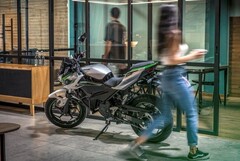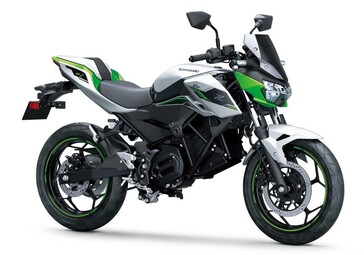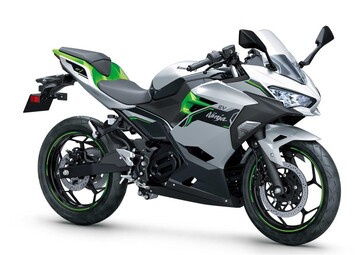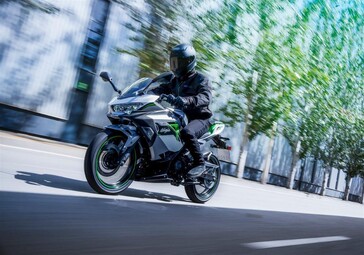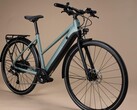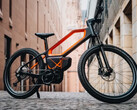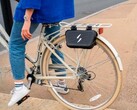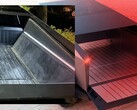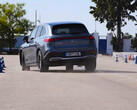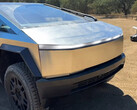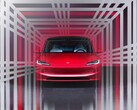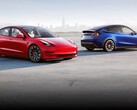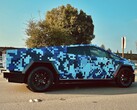While competitors present exciting designs, like the Zero SR-X and the Ultraviolette F77 Space Edition, Kawasaki recently unveiled a rather tame take on electric motorcycling in the new Ninja e-1 and Z e-1. Instead of going for the high-end in terms of price or performance, Kawasaki has chosen to enter the electric market at the low-end, with a paid of motorcycles meant to compete with 125 cc internal-combustion engines.
Kawasaki hasn't divulged much in terms of specifications, but it has released power figures. Both the Ninja and Z e-1 are supposed to be capable of a continuous 5 kW (6.7 hp) output with a peak output of 9 kW (12 hp) in short bursts. Of course, Kawasaki doesn't say how long the burst power can be sustained, but the brand claims that both versions of its electric motorcycle will be capable of a top speed of 99 kph (61.5 mph).
The motorcycles will have two rider modes — Eco and Road — with an e-boost option that will allow the full 9 kW power and 99 kph speed. For comparison, the recently-unveiled stylish Super73 C1X, which is meant to bridge the gap between electric bicycle and electric motorcycle, is capable of speeds up to 120 kph (~75 mph). Various Sur-Ron models — which use many bicycle components — are also capable of similar speed and power outputs, and they weigh in the neighbourhood of 100 lbs, which makes them very fun to ride.
It's unclear how much the Kawasaki Ninja e-1 and Z e-1 will weigh, but, given their complexity and traditional motorcycle design, around 150 kg would not be surprising. What may end up making Kawasaki's electric motorcycles more attractive is the removable battery tech, which makes charging far more convenient, even if it does limit range — especially in urban environments, where you may not have access to a charger or may not be able to haul your motorcycle into an apartment to charge.
Kawasaki is yet to announce pricing, but the motorcycles are expected to go on sale in the UK in October. Pricing will likely be a key factor, especially given the limiting speed and range capabilities.




